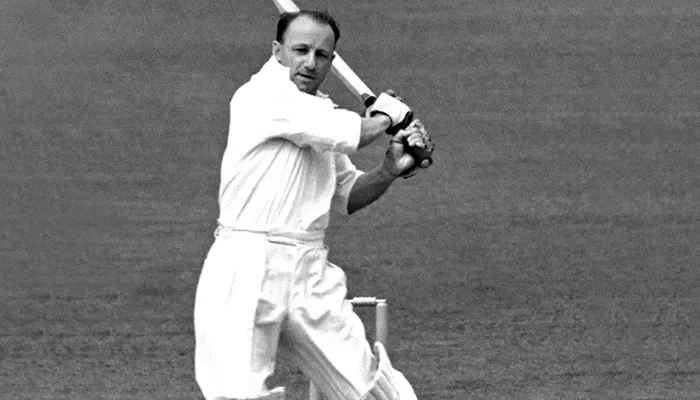January 6 has witnessed several significant events in Australian history, ranging from sports achievements to political milestones. This article will explore these events in detail, providing a comprehensive overview of what transpired on this date throughout the years.
What Happened on January 6 in Australian History?
Cricketing Milestone: Don Bradman’s Record (1930)
On January 6, 1930, Australian cricket legend Don Bradman achieved a remarkable feat by scoring 452 not out during a match against Queensland at the Sydney Cricket Ground. This innings remains one of the highest scores ever made in first-class cricket and is a testament to Bradman’s extraordinary skill and dominance in the sport.Bradman, often regarded as the greatest batsman of all time, played for Australia from 1928 to 1948. His batting average of 99.94 in Test cricket is unmatched and has set a benchmark for future generations of cricketers. The match on January 6 was part of a larger series that showcased Bradman’s talent and helped elevate cricket’s popularity in Australia.
Political Change: Joseph Lyons Becomes Prime Minister (1932)
Another significant event on January 6 occurred in 1932, when Joseph Lyons was sworn in as the tenth Prime Minister of Australia. Lyons, who had previously served as the Premier of Tasmania, led the United Australia Party and took office during a challenging economic period marked by the Great Depression.His leadership was characterized by efforts to stabilize the economy and address unemployment issues. Lyons’ government focused on public works projects and social welfare initiatives, which were crucial for supporting Australians during this difficult time. His tenure lasted until 1939 when he passed away while still in office.
Birth of a Champion: Murray Rose (1939)
On January 6, 1939, swimming champion Murray Rose was born in Nairn, Scotland. Rose would go on to become one of Australia’s most celebrated swimmers, winning multiple Olympic gold medals in the 1950s. His achievements not only brought glory to Australia but also inspired generations of swimmers.Rose’s first major success came at the 1956 Melbourne Olympics, where he won three gold medals and set several world records. His contributions to swimming earned him recognition as one of Australia’s greatest athletes, and he remains an iconic figure in Australian sports history.
Tennis Triumph: Guillermo Vilas Wins Australian Open (1980)
January 6 also marks a notable achievement in tennis history. In 1980, Argentine player Guillermo Vilas defeated American John Sadri to win the Australian Open Tennis Championship. This victory was significant as it highlighted Vilas’ prowess on hard courts and solidified his status as one of the top players of his era.The Australian Open is one of tennis’s four Grand Slam tournaments and has been held annually since its inception. Vilas’ win contributed to the tournament’s growing international reputation and showcased the competitive spirit present in Australian tennis.
Steve Waugh’s Retirement from Test Cricket (2004)
In more recent history, January 6, 2004, marked the retirement of Australian cricket captain Steve Waugh from Test cricket after playing his final match against India at the Sydney Cricket Ground. Waugh’s career spanned over a decade and included numerous records and accolades.As captain, Waugh led Australia to numerous victories and is credited with fostering a strong team culture that emphasized resilience and competitiveness. His retirement was a significant moment for Australian cricket fans, marking the end of an era for one of the sport’s most respected figures.
Conclusion
January 6 holds various historical significance in Australia, with events that span sports achievements and political milestones. From Don Bradman’s incredible cricketing record to Joseph Lyons’ political leadership during tough economic times, these occurrences have shaped Australia’s cultural landscape. The legacy left by athletes like Murray Rose and Steve Waugh continues to inspire future generations, ensuring that January 6 remains an important date in Australian history.This exploration highlights how diverse events can intertwine to create a rich tapestry of national identity and pride, reflecting both triumphs and challenges faced throughout Australia’s journey as a nation.
Related Topics:

